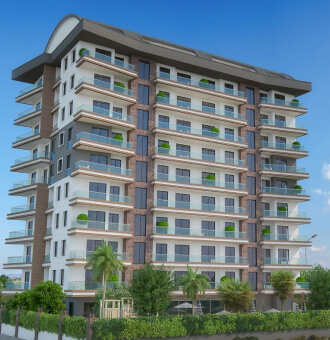The Rise of Sustainable Real Estate: A Paradigm Shift in Property Development
In recent years, the global real estate industry has witnessed a profound shift towards sustainability, driven by a growing awareness of environmental issues and the imperative to mitigate climate change. From green building practices to energy-efficient designs, sustainable real estate is not just a trend but a fundamental shift in how properties are developed, managed, and valued. Today, we explore the rise of sustainable real estate and its transformative impact on the industry.

The Imperative for Sustainability
The urgency to address climate change has propelled sustainability to the forefront of the real estate agenda. With buildings accounting for a significant portion of global greenhouse gas emissions, there is a pressing need to reduce carbon footprints and embrace environmentally responsible practices. Sustainable real estate offers a pathway towards a more resilient and low-carbon future, aligning with global sustainability goals and meeting the expectations of environmentally conscious consumers.
Embracing Green Building Practices
Central to sustainable real estate is the adoption of green building practices that minimize environmental impact and maximize resource efficiency. This includes incorporating renewable energy sources, optimizing water usage, enhancing indoor air quality, and utilizing eco-friendly materials. Green buildings not only reduce operating costs over the long term but also create healthier and more productive spaces for occupants.
Certifications and Standards
Certifications such as LEED (Leadership in Energy and Environmental Design), BREEAM (Building Research Establishment Environmental Assessment Method), and WELL Building Standard serve as benchmarks for sustainable real estate development. These certifications recognize properties that meet stringent criteria for energy efficiency, water conservation, indoor environmental quality, and occupant wellness. By adhering to these standards, developers demonstrate their commitment to sustainability and enhance the marketability of their properties.
Reshaping Urban Landscapes
Sustainable real estate is not confined to individual buildings but extends to entire urban landscapes and communities. From eco-friendly mixed-use developments to transit-oriented neighbourhoods, sustainable urban planning emphasizes walkability, connectivity, and the integration of green spaces. These holistic approaches not only mitigate environmental impact but also foster vibrant, resilient, and inclusive communities that enhance the quality of life for residents.